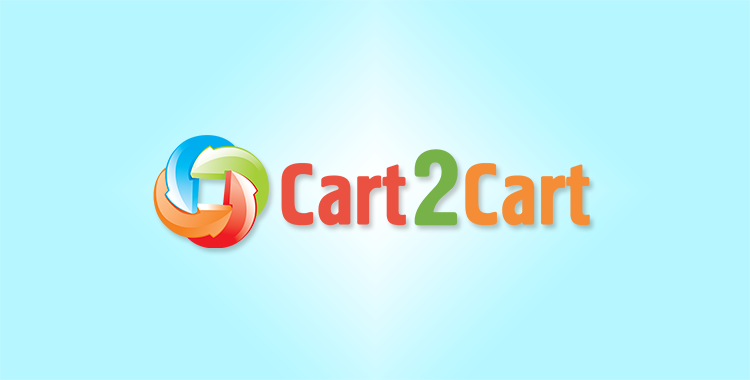Nowadays, a lot of e-merchants prefer hosted shopping carts because of easy installation process, high level of data security and reliable support. For insights into the potential benefits of website migration, consider these points. Volusion and Shopify are both representatives of this type of e-Commerce solutions. Nonetheless, they are rather different.
Both carts, including Volusion, have feature rich product management, advanced SEO and marketing tools, official support. However, Shopify provides a possibility to administer store via mobile phone and manage several shops from one admin panel. Shopify also provides extensive app ecosystems and flexible pricing plans, which can offer more long-term value compared to Volusion's more structured plans. These are the main reasons why store owners decide to migrate from Volusion to Shopify.
Cart2Cart provides an opportunity to transfer all data from your current shopping cart to Shopify automatically. This means, programming is not necessary. All you have to do is to follow an easy step-by-step instruction. To ensure a smooth process, read our pre-migration tips.
Step #1. Create an Account
First of all, register Cart2Cart account or sign in with your Facebook or Google profile.
Step #2. Source Cart
On this step, choose Volusion from the drop-down list and enter online shop’s URL.
Step #3. Target Cart
According to the same principle, pick Shopify from the list and paste store’s URL. After that you have to enter shop’s admin panel and go to Apps menu. There you should click on the link in the left bottom corner for private application activation. There you will see API Key and API Password. You have to copy them and paste to the appropriate fields in wizard. For more detailed information, read FAQ.
Step #4. Entities Selection
Here, you will be able to choose store items you need to transfer. All you have to do is to check the appropriate boxes. There will also be an opportunity to select additional options, such as those for CSV migration. Bear in mind, some of them are provided for additional cost, often bundled in premium service packages.
Step #5. Import Source Data
The next step is to export your Volusion store data and upload it in fields below (as an example, let's take Categories).
To do that you have to:
- log in to your Volusion admin panel;
- go to inventory and select Import-Export option;
- enter Standard Export tab;
- in “Export from” list pick data you would like to export (for example categories);
- click Check all box and choose CSV format in “File Format”;
- press Export.
So, now just click Download button and save the file in the folder that will be easy for you to find. After that, in migration wizard select Categories file and upload it. Repeat the same procedure with other data.
Step #6. Currencies Mapping
At this point, Cart2Cart provides an opportunity to map currencies, which are on your Source Volusion Store with those that will be displayed on Shopify.
Step #7. Demo Migration
Cart2Cart offers a possibility to try how everything works without paying a single cent. While Demo Migration will be migrated for a limited number of entities, so you will be able to evaluate outcomes. Moreover, it will take you only a few minutes. That's why it is highly recommended not to skip this step.
Step #8. Full Migration
In case you are satisfied with Demo Migration, now you can perform Full Migration. Before you start, make sure you have enough money and double-check the entities that need to be moved.
That’s it! After migration is finished you can check results on desirable Shopify store. Now you know how to perform Volusion to Shopify migration in 8 easy steps. If you have some questions, contact our Support Team.
Monthly Update – December 2025
As we wrap up 2025, two major trends continue to redefine the e-commerce landscape: hyper-optimization for mobile devices and the increasing demand for sustainable practices. With mobile sales projected to constitute an even larger share of online revenue, ensuring your e-commerce platform offers a flawless, fast, and intuitive mobile experience is non-negotiable. This extends beyond responsive design to include accelerated mobile pages (AMP), progressive web apps (PWAs), and streamlined checkout flows tailored for smaller screens.
Simultaneously, consumers are making purchasing decisions heavily influenced by a brand's commitment to sustainability. Businesses migrating or upgrading their platforms should prioritize solutions that support transparent supply chains, eco-friendly product listings, and responsible packaging options. Integrating features that allow customers to easily identify sustainable products or offset carbon footprints can significantly boost brand loyalty and appeal. Platforms offering robust analytics also enable better tracking of environmental impact, aligning your store with the values of the modern, conscious consumer.
For more details, explore our FAQ section or schedule a call with a migration expert.














